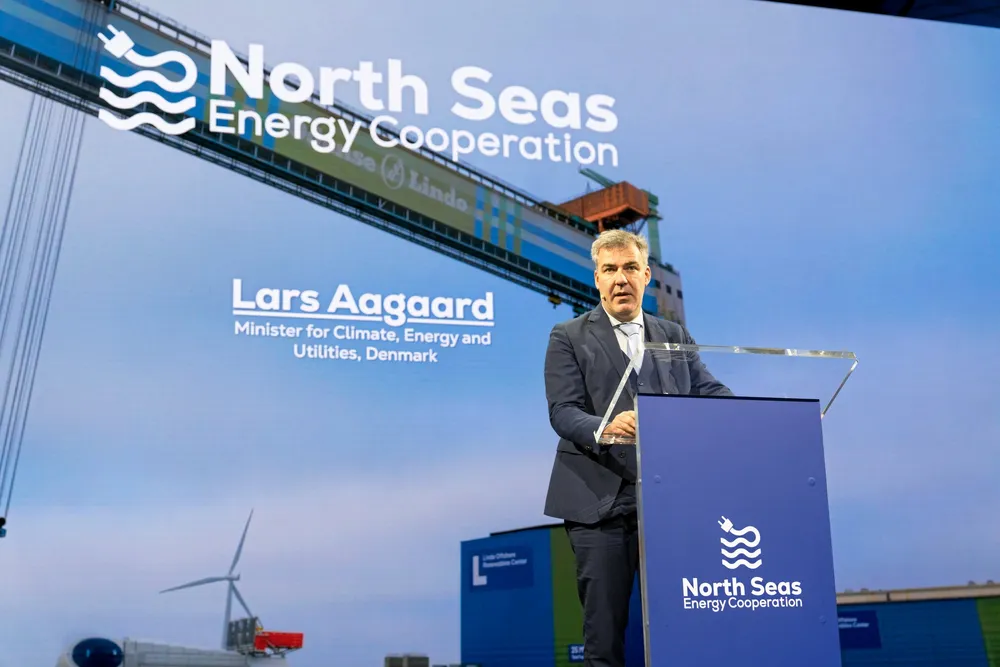Danish post-mortem on offshore wind tender fiasco reveals why developers stayed away
Feedback shows multiple factors behind no-show that threw Denmark's energy strategy into chaos

Offshore wind developers cited rising costs, time pressures and a lack of certainty over power pricing and hydrogen markets in the Danish government's post-mortem on the nation’s failed giant tender programme.
The Danish Energy Agency (DEA) today published feedback from major offshore wind players on why they could not come up with a decent business case despite “very good locations in Denmark, with good wind and seabed conditions”.
The companies the DEA spoke to named a range of factors, with most saying no single one was paramount but all contributed a lack of a “satisfactory business case”.
The 'market dialogue' over the failed tender will play a part in a revised, smaller round to replace the cancelled 6GW, which the Danes have already said could include an element of state support.
Rising costs and supply chain pressures
Offshore wind players said the market is still feeling the impact of Capex and financing cost increases. “Pressure on suppliers is partly driven by the fact that many countries are applying 2030 targets, making it difficult and expensive to enter into agreements with suppliers, especially for wind turbines, cables and ships, for wind farms to be established in 2030 or soon after.”
Hydrogen market visibility
Respondents told the DEA that many have actively explored coupling offshore wind with hydrogen production, “often as the first option”. However, they told the agency that “uncertainty about the German hydrogen market [fingered for exports], challenges in reducing the price of green hydrogen, rising costs of both the necessary renewable energy production and hydrogen technology, and concerns regarding a hydrogen pipeline to Germany” meant most dismissed it from their business cases.
Power market uncertainties
With hydrogen ruled out, offshore wind players were left with the Danish grid as the destination for the power. “There is already a high share of renewable energy, including wind energy with consequential downward pressure on prices. Several companies point to an untapped potential for electrification in Danish society and they stress that the absence of large industrial consumers in Denmark compared to other countries reduces opportunities for risk hedging via power purchase agreements (PPAs).”
Overplanting a risk
The Danish tender plan envisaged the potential for developers ‘overplanting’ – adding more capacity than the 6GW contained in the tenders – to create a possible 10GW capacity bonanza that would include the Bornholm Energy Island. Companies told the DEA that left them nervous about the level of demand available to take such a massive amount of capacity and the resulting implications for power prices. They were also concerned that so much new offshore wind in Danish waters could lead to wake effect impact on power production.
What do developers want?
The DEA said there was “unanimous support” for more flexibility over installation timetables. “Companies point out that the installation deadline for any future offshore wind farms should be 2032 at the earliest, and several point to 2033 or 2034.
“Similarly, companies point to the need for continuous procurements, for example 1- 2GW per year over a longer period of time in light of the limited market demand for electricity and thus the uncertainty of electricity prices.
“This is further justified in that it will allow the demand side to keep up, and the prospect of a more stable business will help subcontractors to invest in new factories and therefore offer lower prices.”
(Copyright)